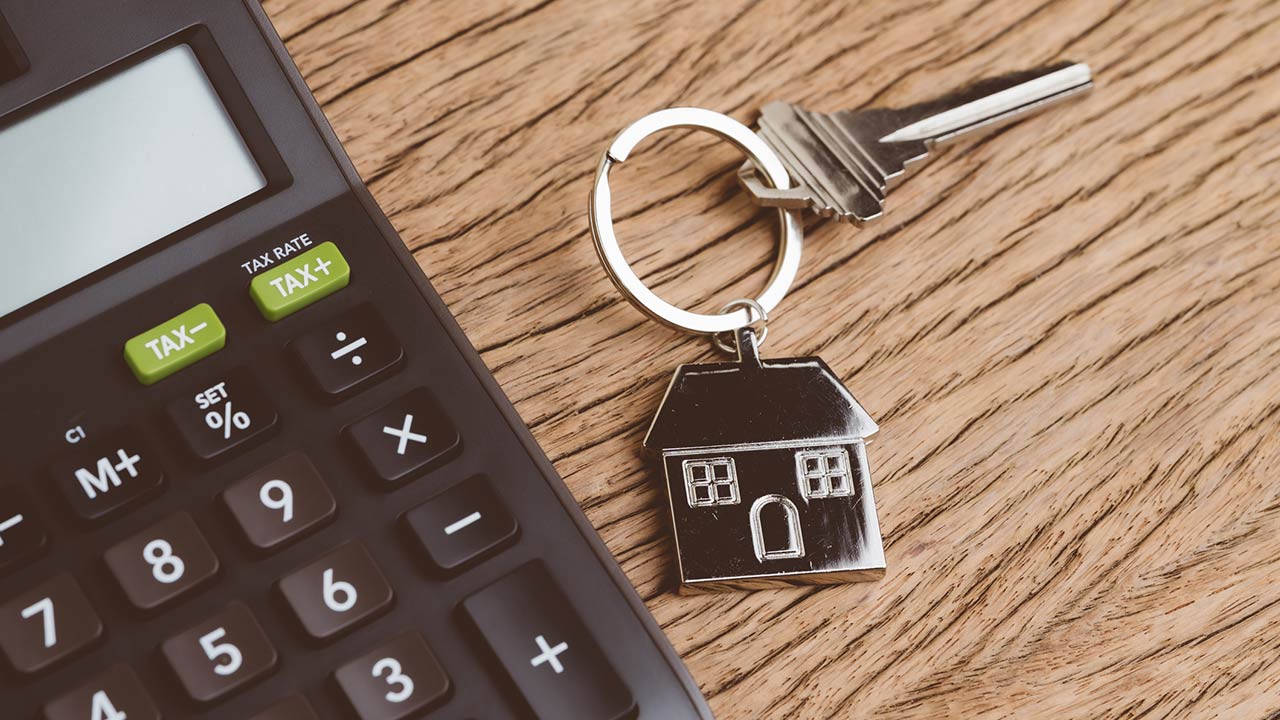Up the Odds of Having Your Remodeling Job Approved by the Review Board
Thinking of doing a little remodeling or renovating on your home? Before you pick up that hammer, you’ll need to run your plans by your local architectural review board (ARB) first.

You might think of an ARB as nothing more than a pain in the behind; after all, they could easily shut down your plans if they don’t approve.
But in reality, ARBs serve a very important purpose in upholding a specific character to the neighborhood. Without them, your next-door-neighbor could realistically paint their house neon pink and add 5 stories to it.
Review boards are not trying to work against you; rather, they’re protecting your investment. But while they’re doing that, there are things you should consider to boost the odds of having your plans approved by your local ARB.
Why Do Architectural Review Boards Exist?
Many neighborhoods have certain restrictions that homes in the area need to comply with. Your home plays a role in the overall look of your area – along with the rest of the houses on the block – which means you’re not really allowed to do whatever you want to your house without permission first. Instead, the alterations you want to make on your house need to coincide with the restrictions that the ARB in your area has specified.

Many home owners might react negatively to this concept at first, but there’s a method to this madness: having these rules in place helps to retain a specific character to the community, which is probably part of what drew you to the neighborhood in the first place.
It’s this unique character of the neighborhood that needs to be protected, which is why the Architectural Review Board exists.
Architectural Review Boards May Vary in Control, But All Still Serve the Same Purpose
ARBs will VARY in the amount of control and restrictions that they place on home owners within the respective communities. While some might be super strict, others might be a lot more lax.
Review boards that control historic neighborhoods tend to be much more prohibitive in what they’ll allow home owners to do to their properties. This is because they’re trying to ensure that the historic significance of each property and the area as a whole are preserved.
Such is not the case in less historic neighborhoods, where conserving the history is not really a big deal. What’s of greater importance is the character of the neighborhood.

In new subdivisions, builders will start off with a certain view for the area, which usually includes things like the color of brick, the architectural style of the homes, and even the types of materials used on the homes’ exterior.
The ARB’s job is to make sure that these areas maintain the character that they were initially intended to.
Make the Most of Your Design Review
When it comes to boosting the odds of getting your remodeling or renovation job approved by your local ARB, getting them involved early on in the process is important. Ideally, they should be notified while you’re still thinking about what you want to do to your home. This way, if your plan does not get approved, you won’t be wasting any time or money on the design and plan.

Make sure that you read the design guidelines of the ARB in full detail, and address the character of the neighborhood in your plans i order to boost your chances of getting your design through. You might want to consider requesting a design review, which will focus on any potential areas of concern. During this informal review, you’ll be able discover what the board LIKES, and what they don’t. You can also use this as an opportunity to negotiate with the board before committing your design to final drawings.
Your documents must be complete, and leave no question unanswered. The more detailed your submitted design project is, the fewer items the board will question. In addition, consider making some changes to your design in order to comply with the board. Making even the smallest tweaks can mean the difference between design approval and starting from square one.

While it might seem like a nuisance to have to abide by the rules of your local planning department, think about the flip side: your neighborhood’s unique character is being preserved.
Sure, these review boards can easily shut you down if your design doesn’t meet the criteria established, but they are likely to approve your plans if they follow the stipulations established. Get some input from your local realtor to get a clear idea if what you propose to do to your home has any chance of holding water at the board.








